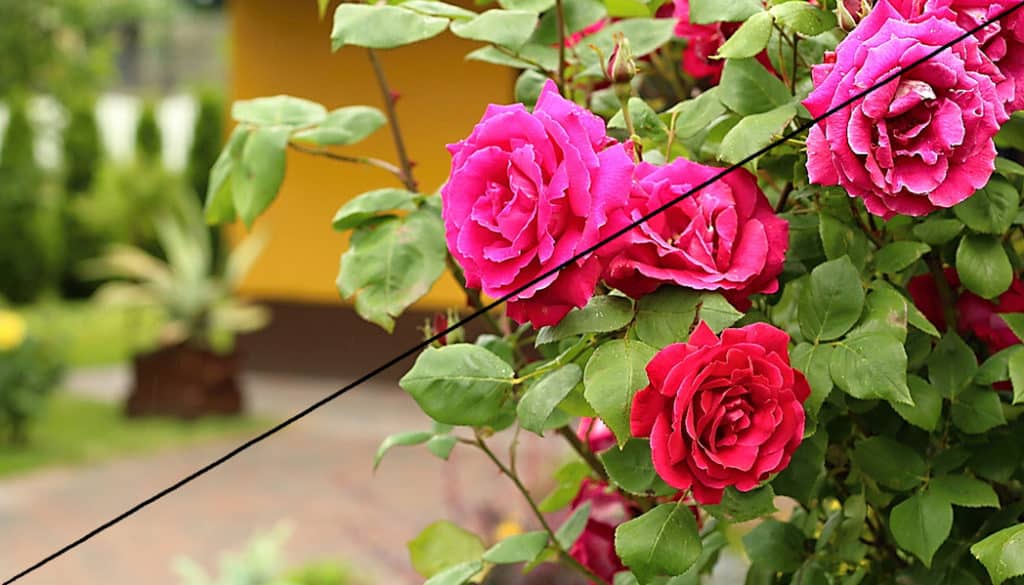Krinck
Active member
- Messages
- 54
- Reaction score
- 75
Here is a question most of you probably will find very odd: Do any of you primarily shoot jpeg rather than raw, and how is that affecting the result?
The reason I'm asking is that I thoroughly love photography, I shoot all and everything including macro, street, portraits, with vintage lenses etc etc, but I equally thoroughly detest post processing. I don’t see the connection between the activities, shooting is fun, changing and challenging, while post processing is tedious and more resembles work than anything else. I want to shoot and be done.
Currently I shoot Fuji X since that gives me tactile manual controls and great jpegs due to their film simulations. I import the pics to my iPad and do some fast adjustments in Snapseed, something like one minute per keeper. However, I am very interested in the crisp, tack-sharp photos produced by the GFX.
Do you believe that my post-process phobia will make an investment in a GFX (in that case the upcoming 50R) worthless, or will I be able to get the results I hope for?
And don’t try to convince me to start shooting RAW and use a PC, it’s not gonna happen. I have shot over 10.000 pics per year the last ten years, not one of them RAW
The reason I'm asking is that I thoroughly love photography, I shoot all and everything including macro, street, portraits, with vintage lenses etc etc, but I equally thoroughly detest post processing. I don’t see the connection between the activities, shooting is fun, changing and challenging, while post processing is tedious and more resembles work than anything else. I want to shoot and be done.
Currently I shoot Fuji X since that gives me tactile manual controls and great jpegs due to their film simulations. I import the pics to my iPad and do some fast adjustments in Snapseed, something like one minute per keeper. However, I am very interested in the crisp, tack-sharp photos produced by the GFX.
Do you believe that my post-process phobia will make an investment in a GFX (in that case the upcoming 50R) worthless, or will I be able to get the results I hope for?
And don’t try to convince me to start shooting RAW and use a PC, it’s not gonna happen. I have shot over 10.000 pics per year the last ten years, not one of them RAW



